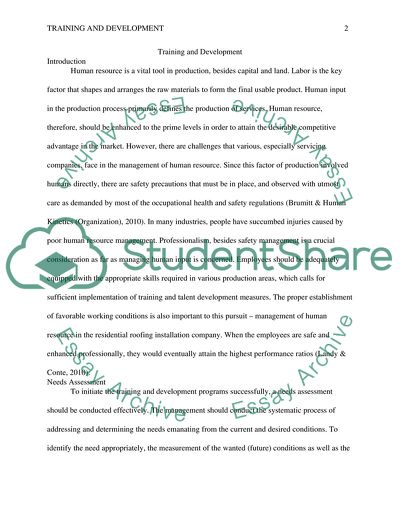Cite this document
(“Training and Development Task 1 Essay Example | Topics and Well Written Essays - 2000 words”, n.d.)
Retrieved de https://studentshare.org/human-resources/1699368-training-and-development-task-1
Retrieved de https://studentshare.org/human-resources/1699368-training-and-development-task-1
(Training and Development Task 1 Essay Example | Topics and Well Written Essays - 2000 Words)
https://studentshare.org/human-resources/1699368-training-and-development-task-1.
https://studentshare.org/human-resources/1699368-training-and-development-task-1.
“Training and Development Task 1 Essay Example | Topics and Well Written Essays - 2000 Words”, n.d. https://studentshare.org/human-resources/1699368-training-and-development-task-1.


